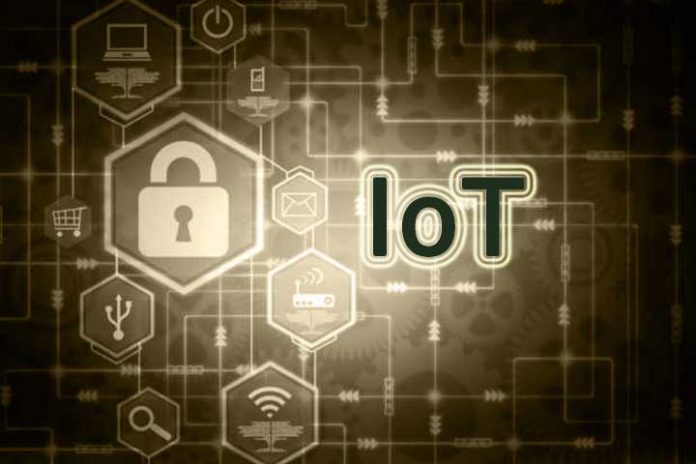The very nature of the IoT means that we can be connected to what matters to us: personally or business. No matter where we are in the world or what we are doing.
For example, one might be able to unlock their home remotely to let in the neighbor while they are away on vacation; or you can even keep track of pets or loved ones.
From a business standpoint, IoT connectivity enables you to monitor the usage, cost, and performance of your most essential assets worldwide, helping to reduce costs and improve the customer experience.
Aside from the many and varied benefits of such massive connectivity, one significant risk is becoming more and more of a focus: security.
Since the dawn of the Internet, online security has been a hot topic, and the more we understand connectivity, the more it becomes a concern. This blog will look at some of the risk factors associated with the connected devices and systems you should have in place when starting an M2M project.
The business of IoT security
Security is crucial. For companies and hardware vendors, the introduction of new devices and technologies brings a series of new security-related issues that must be considered when deploying M2M devices globally.
First, it’s essential to consider a physical security plan that prevents unauthorized access to devices in remote locations. Similarly, a remote access security protocol is needed that allows:
- Lock SIM cards on specific devices.
- Remotely disable SIM cards in the event of a physical security breach.
Simply sending and receiving messages through remotely deployed devices is a security risk. By connecting the devices and that this communication is through public access networks, they pose a risk for the messages to be intercepted.
Message encryption is a step in the right direction, but using public networks to send sensitive data requires extra care. At EMnify, we recommend building private networks and APNs on security protocols to ensure the safety of important and private data.
The complexity of managing these devices and the sheer amount of data transferred between them can be daunting. The security and authentication protocols for such a system must be multi-layered. Hacking such a management system could compromise the entire deployment of devices and all the sensitive data stored on them.
Having many devices makes it difficult to monitor each device for security purposes; therefore, we recommend a set of firewall policies and protocols that can automatically detect intrusions or hacking attempts.
Below is an overview of the security features that we recommend employing as a minimum before any deployment:
IMEI lock
An International Mobile Station Equipment Identity (IMEI) is the unique identification number found on most mobile devices. An IMEI lock protocol allows the functionality of a SIM card to be set to a specific IMEI in real-time to prevent the SIM card from being removed and used in any other device.
Secure data transfer
To ensure that data communicated between devices is transported with maximum security, use a private APN accessed through a VPN. An access point is a gateway between the mobile network to which the device is connected (for example, 3G, 4G, etc.) and the Internet. If you become a private gateway, you must ensure that each device is isolated from other mobile users.
A Virtual Private Network is a private network that runs over the Internet. Using this to access a private APN will ensure that all data transferred from the devices are isolated from the public network.
A web-based firewall
The firewall is a measure applied when the data sent from a point enters the network.
Typically, small M2M devices have limited processing power, so they can’t run firewalls. In this regard, the critical advantage of a network-based firewall is that it takes the heavy lifting of packet filtering off the device, ensuring that malicious traffic is never transmitted to the device or even entered the network.
A firewall allows for custom configuration of how data is communicated and transported across networks, allowing companies to monitor and block certain content or functionality. It can also detect intrusions or hacking attempts that don’t align with pre-configured policies.
Conclusion
While it is the responsibility of companies to ensure they are using secure systems to transport business and consumer data, it is also the responsibility of hardware manufacturers to equip connected devices with production-level security.
Simply ensuring that connectivity cannot be physically tampered with, for example, using an embedded SIM card for GSM IoT connectivity, goes a long way towards securing a device’s data.
It’s also important to ensure that your device security systems and connectivity platform are kept up to date, preferably automatically, as updates become available. In this sense, using a SaaS platform can guarantee the automatic implementation of the latest management and security functionalities.
Also Read: Specific IoT Applications In SMES

